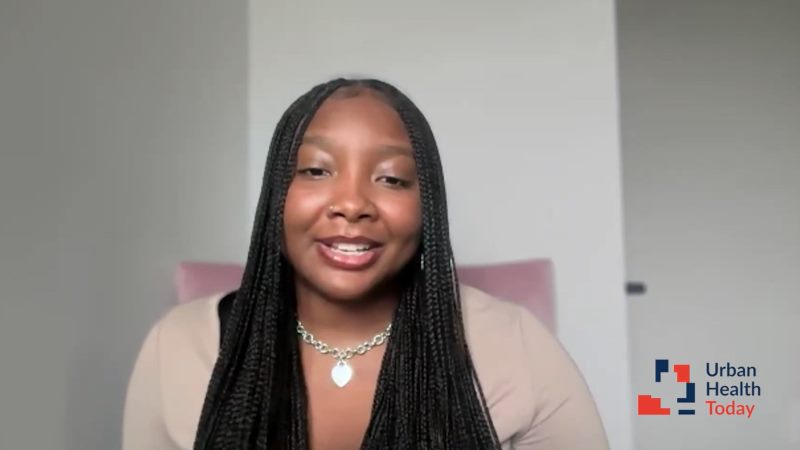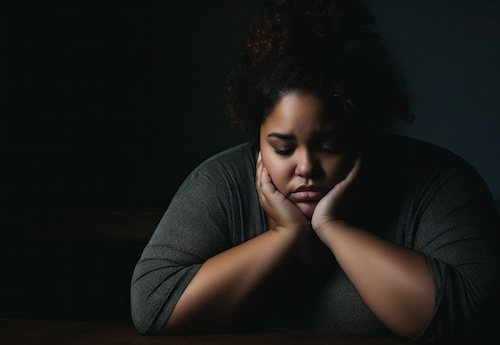
Neurology
Advertisement
Simple strategies, such as simplifying screening language, can help practitioners meet patients where they are.
Men with testosterone levels below 300 ng/dL showed a nearly threefold increased risk of psoriasis.
Annual wellness visits are an important strategy to increase early detection because these visits are covered by Medicare.
General Mills quickly followed suit with its own commitment to remove certified colors from all US cereals and school foods.
Julie Zissimopoulos, PhD, highlights population-level data on the burden of late diagnosis in the United States.
Payton White discusses successful strategies to help increase awareness of the increased risk for Alzheimer’s disease.
Short-term solutions, such as telehealth, may reduce barriers, but long-term policy solutions are needed.
Uncovered a concerning link between being a "night owl" and cognitive decline—but with an unexpected twist
Monique Nugent, MD, MPH, explores key access issues that are driving disparities in Alzheimer’s disease diagnosis.
Panelists discuss the importance of cultural-specific data to improve detection and diagnosis of Alzheimer's disease.
Clinical trial reveals that high-intensity aerobic exercise and low-intensity stretching routines protect cognitive function.
Between 1990 and 2022, obesity rates quadrupled among girls (from 1.7% to 6.9%) and among boys (from 2.1% to 9.3%) globally.
The new test is less invasive than previous testing options and will increase accessibility of Alzheimer's disease diagnosis.
The ABCA7 gene is associated with a significantly higher risk of Alzheimer's disease in African American adults.
"It arises from an ageist assumption of frailty, incompetence, and dependence."
This research suggests monitoring pulse rate complexity may help identify older adults at higher risk of cognitive decline.
Patients with CSU have a higher risk of suicidal ideation and suicide attempts.
AI can now detect the transition from relapsing-remitting multiple sclerosis to secondary progressive multiple sclerosis.
Comorbidities that impact sleep, such as obstructive sleep apnea, may contribute to higher rates of Alzheimer’s disease.
The urban transition is even more pronounced in the United States, where 83.3% of Americans lived in urban areas as of 2023





















 © 2025 Mashup Media, LLC, a Formedics Property. All Rights Reserved.
© 2025 Mashup Media, LLC, a Formedics Property. All Rights Reserved.